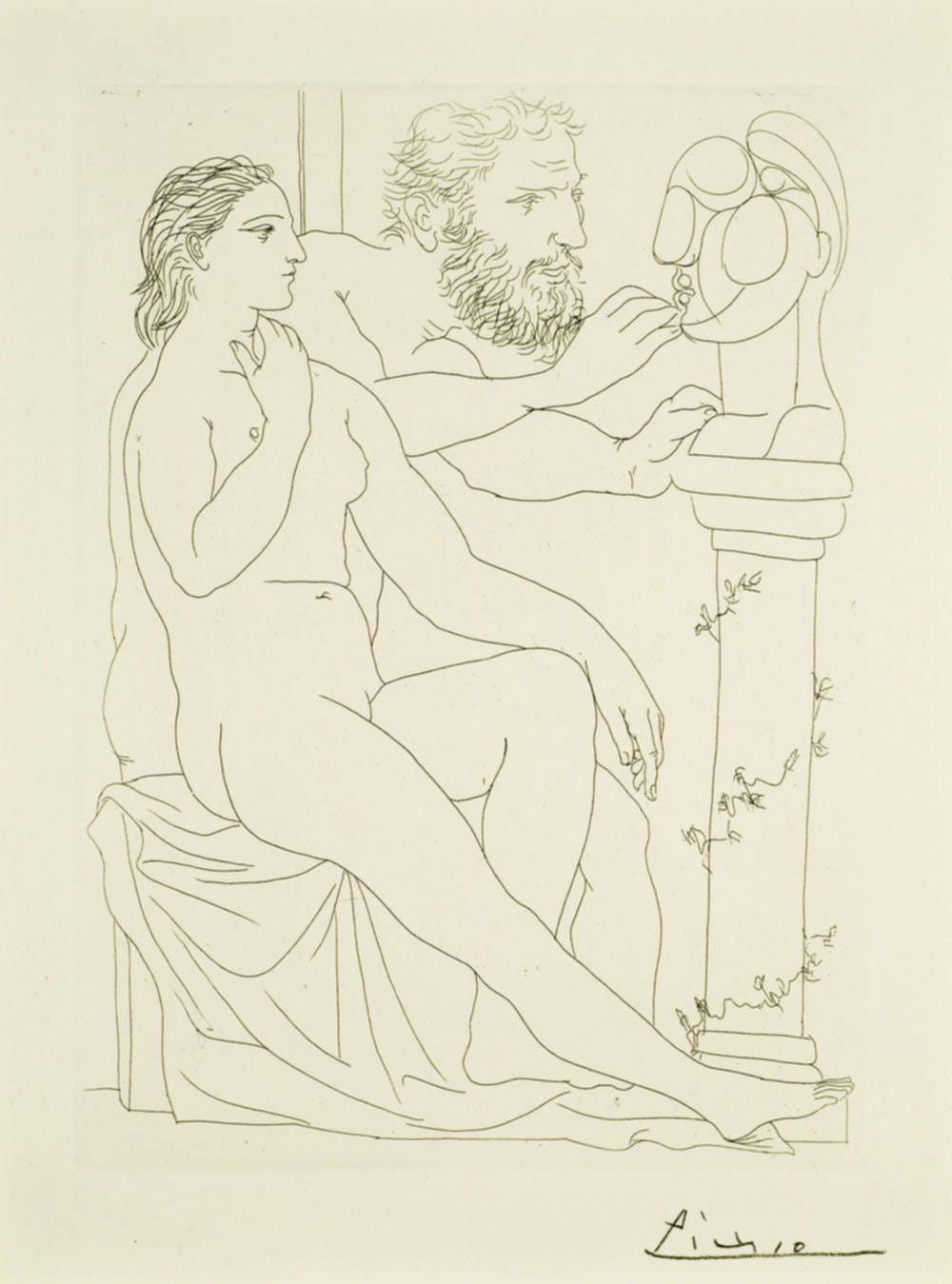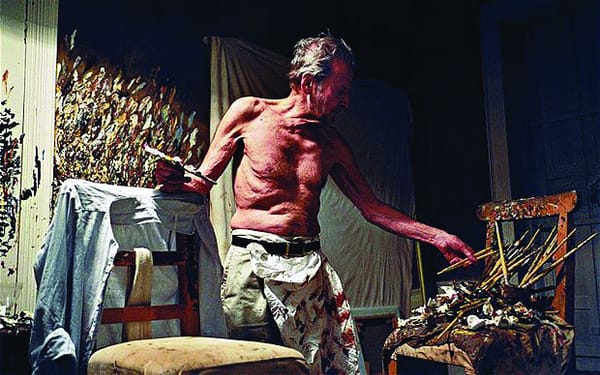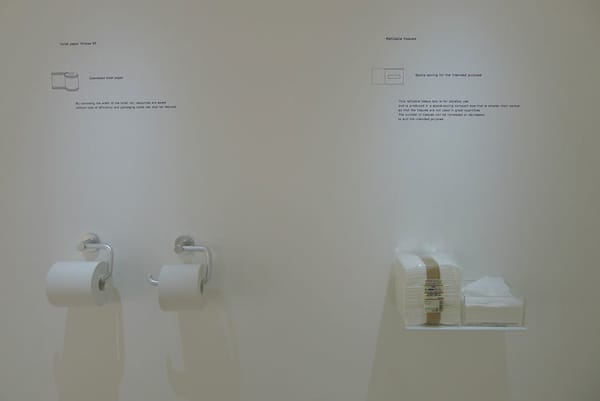Smack My Etch Up
The British Museum displays its rare collection of Picasso prints, never before seen in Britain

Even on a rainy, bleak and depressing morning the British Museum managed to lift my spirits up. The Great Court was dazzling in all its whiteness, filled with noisy and enthusiastic tourists and school groups. Making my way through the crowds I ventured into a part of the Museum that I had never experienced before: a couple of hidden rooms filled with etchings.
One of these rooms is the brand new keeper of Picasso’s most renowned series of etchings known as The Vollard Suite, which includes 100 beautiful prints produced by the Spanish artist between 1930 and 1937. These etchings were created by Picasso for the famous Parisian art dealer and prints publisher, Ambroise Vollard, who had promised a couple of painting in exchange for the etchings. Vollard had been planning to publish a book of the prints until his death caused by a car accident interrupted the project. The etchings were forgotten about during WW2 until dealer Henri Petiet purchased them: the Petiet family has owned them ever since. It is only through the immense generosity of Hemish Parker that the British Museum has managed to display the complete set of prints, which has never before been shown to the general public.
The prints are displayed chronologically and have been divided by the curator into little groups that share a predominant theme. The separation though should not be considered as absolute: many themes overlap, disappear and return throughout the series, creating a confused and dreamlike narrative. It is clear though that the style and the stories that characterize most of the etchings are of classical origin: Picasso admired classicism and did not feel that it was a retreat to antiquity, as he believed that “if a work of art cannot live always in the present it must not be considered at all.” Picasso uses characters from ancient mythology as the main subjects of his paintings: he first came into contact with ancient classical art in his trip to Italy in 1917. This classical predominance makes the British Museum the perfect place for the Vollard Suite to be shown: sculptures and vases from the ancient Greek and Roman periods are scattered throughout the room, enabling the viewer to understand fully Picasso’s reinterpretation.
An eclectic mix of modern art, antique relics and personal accounts.
Three main characters star throughout the 100 etchings: Marie-Therese Walter, the Minotaur and Picasso himself. Marie Therese was a young woman that Picasso met in front of a department store in 1927; her classical profile inspired him and Picasso asked the young woman whether he could do a portrait of her. The two then became lovers: she is the female model that is often depicted in the Vollard Suite as a modern day Aphrodite. An interesting and bemusing detail is that whenever her figure is present in an etching, a little vase of flowers is also found somewhere in the picture. Picasso, instead, recasts himself as sculptor from the classical period, bearded and mature, who is often depicted in the act of sculpting, watched by Marie Therese. The Minotaur, which first appears in etchings from 1933, symbolizes forces of uncontrolled emotion and behavior. Picasso does not depict the Minotaur in the labyrinth (its usual mythological surrounding) but transports it into the modern world in an artist’s studio amongst female models and in a bullfighting arena, the latter evoking a powerful atavistic topos of popular culture in Picasso’s native land.
Picasso uses various techniques in the etchings: simple, crisp lines to outline heavy limbed models and cross hatching (a tangle of lines) to create a more three dimensional, curvy and chaotic image. The two techniques are often mixed to create a meld of neo-classical, composed pictures with some more decomposed, emotionally strong prints such as the ones depicting rape in “The Battle of Love” section.
The rationalism of classicism is strongly intertwined with the irrationality of surrealism, with each print being part of a captivating and mysterious story.
I left the Vollard Suite feeling I had experienced something special: not only were the prints magnificent and displayed and curated in a very clear and informative way but I had also seen 100 prints which, before the exhibition, had only been viewed by a select few.
Picasso Prints: The Vollard Suite_ at The British Museum continues until 2 September. Entry is free._








